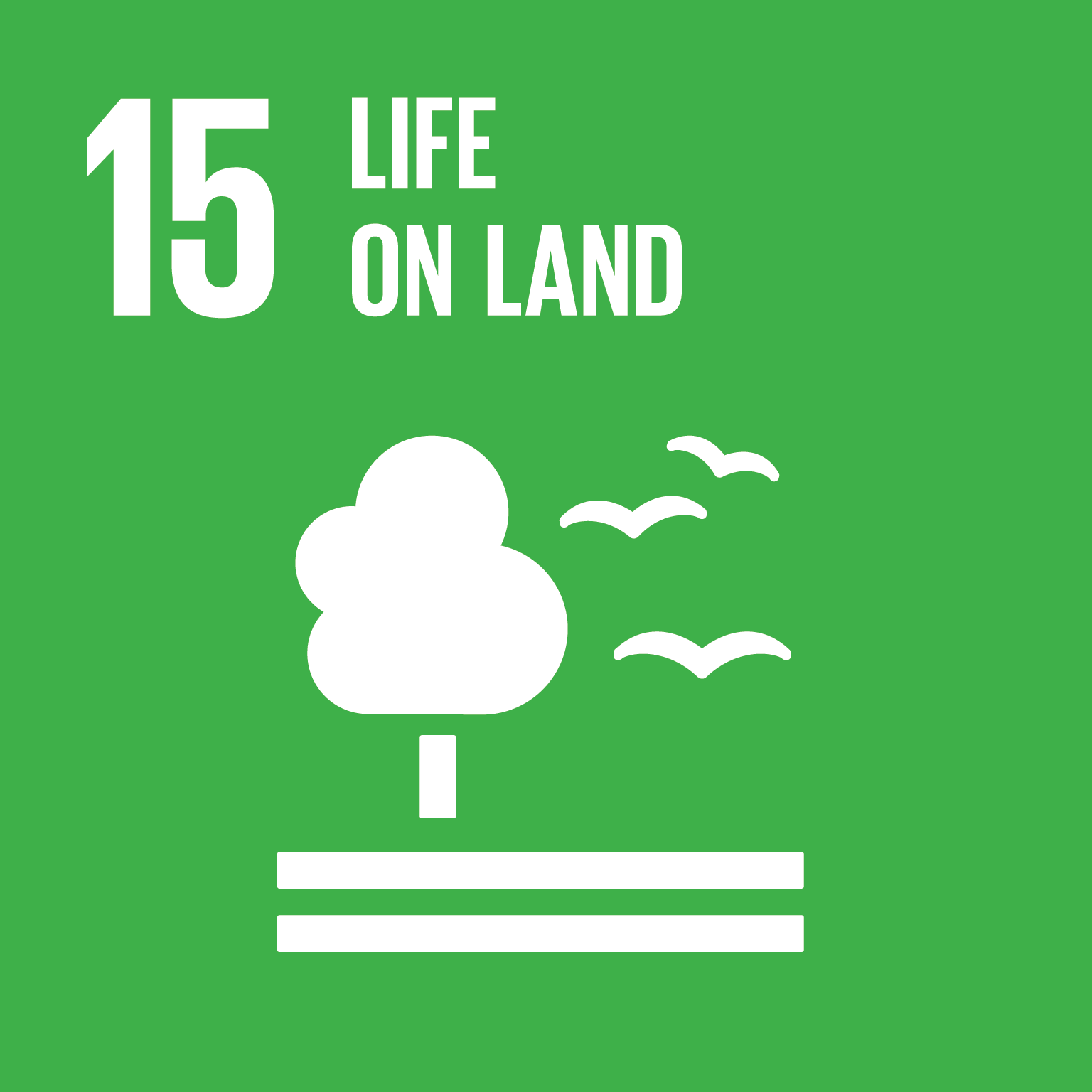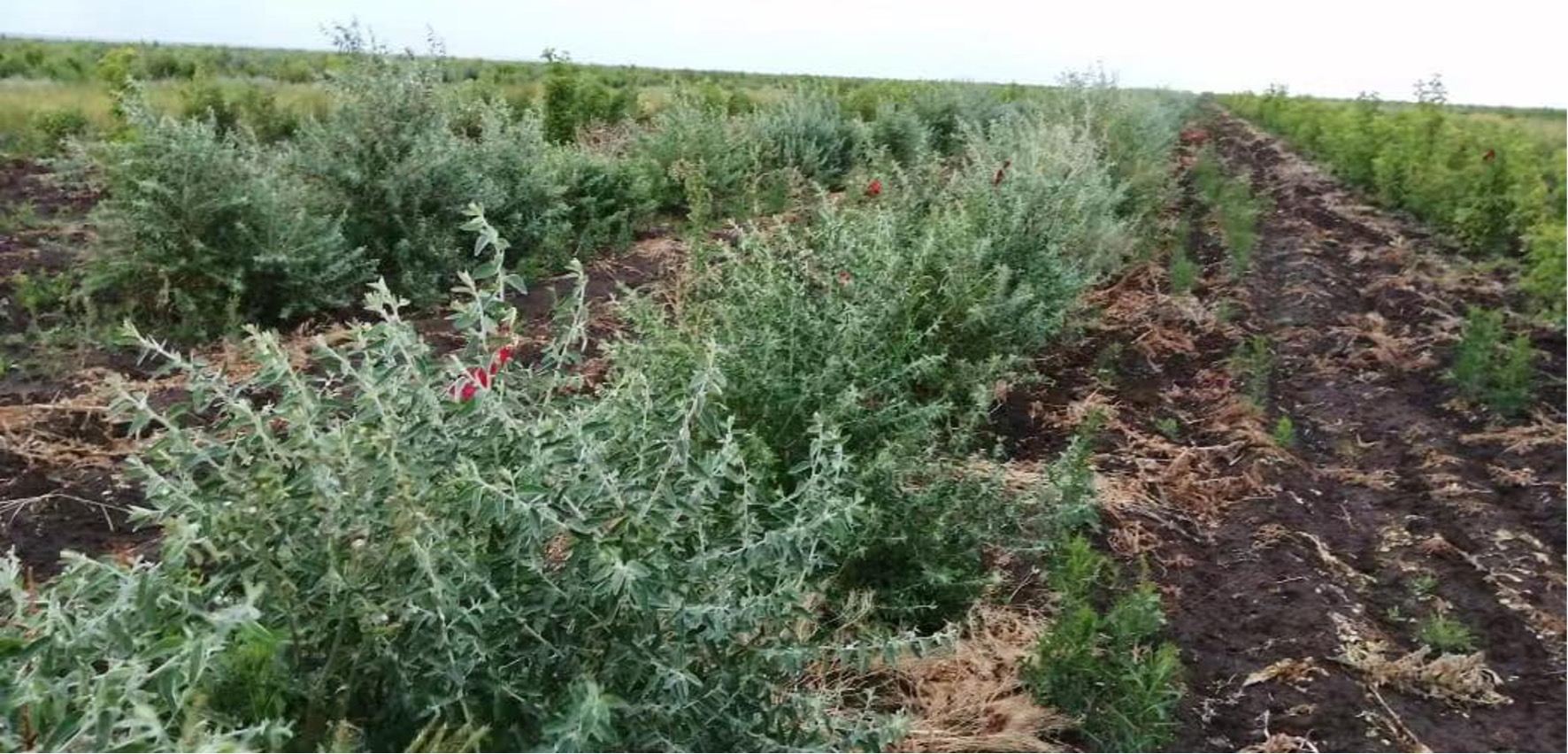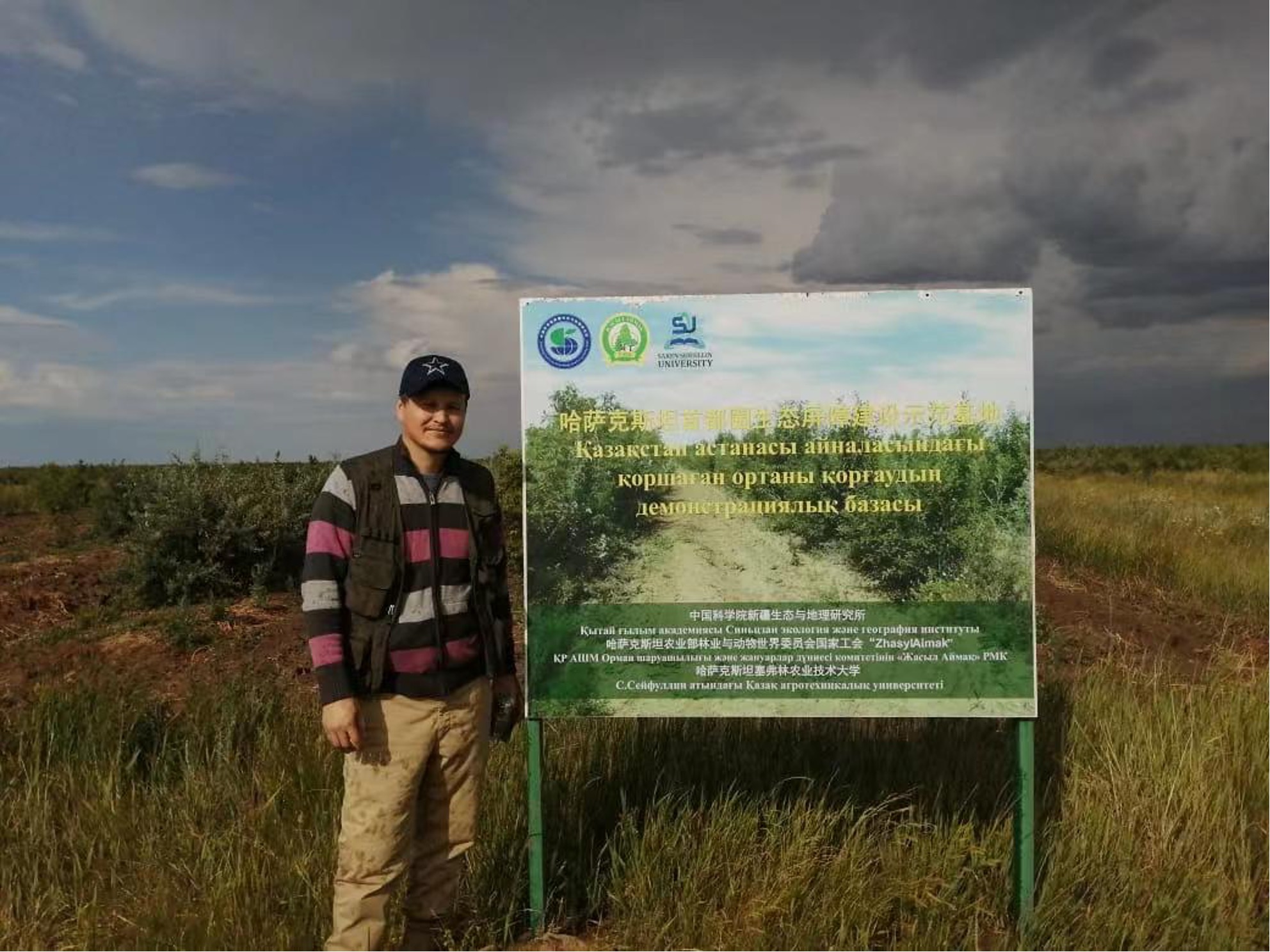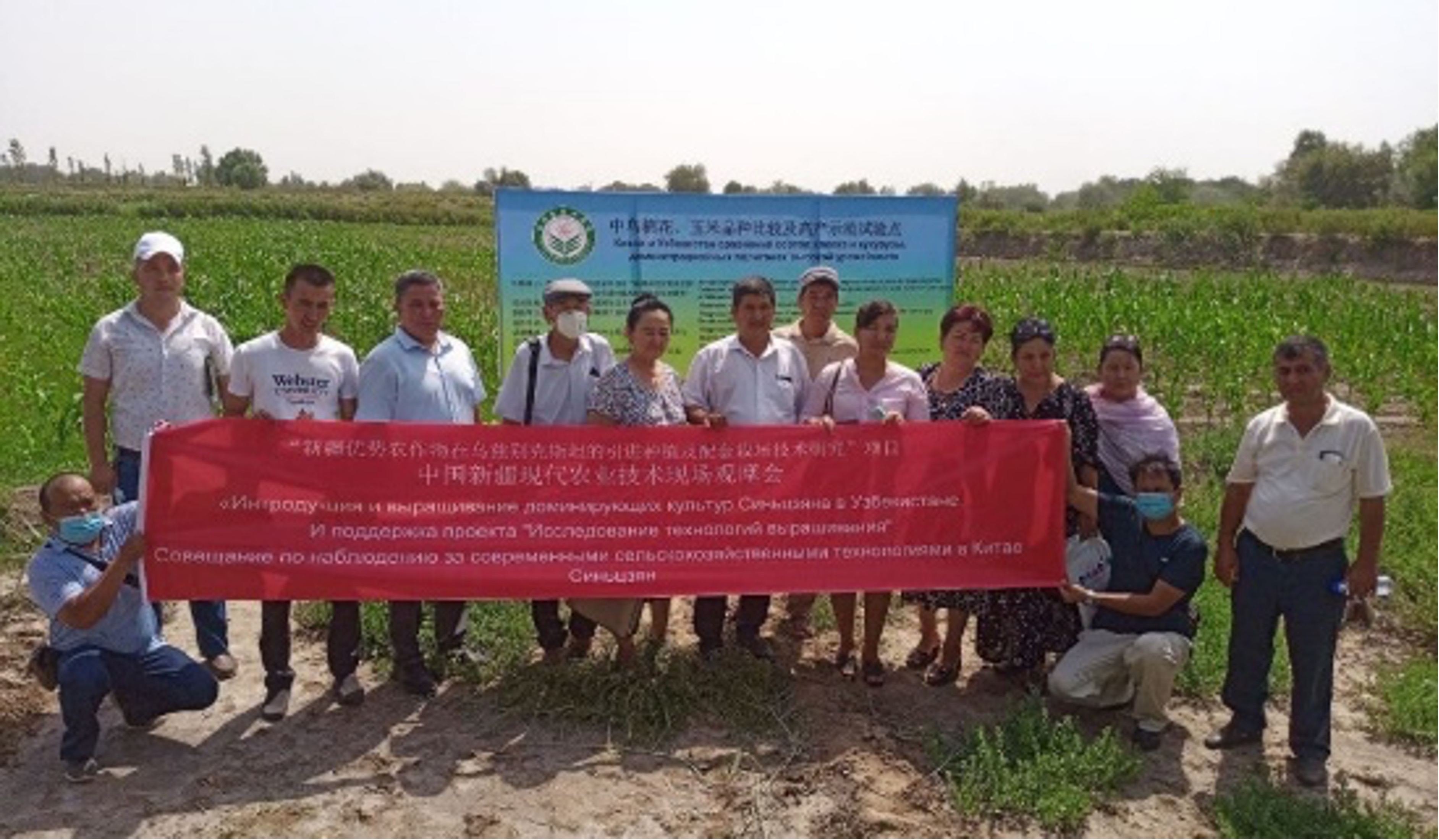 Desertification Control and Key Factor Regulation in Central and Western Asia
Building ecological barriers in Kazakhstan and Uzbekistan
Desertification Control and Key Factor Regulation in Central and Western Asia
Building ecological barriers in Kazakhstan and Uzbekistan

Challenges
Central Asia-West Asia is located in the arid zone of Asia and the region has arid and windy climate and a desert landscape. Because of the large areas of sand dunes, wind erosion is serious and sand movements are active. In the process of desert oil and gas exploration and urbanization, the local ecosystem became more fragile. Local communities are threatened by serious hazards like sand dunes, the invasion of quicksand and strong winds, which seriously affect the sustainable development of local economies and societies.
China, as a close neighbour of Central Asian countries, has a similar desert landscape in Xinjiang, and Chinese scientists have built sound partnerships in Central Asia to jointly address common issues of desertification.
Towards a Solution
This project “Desertification Control and Key Factor Regulation in Central Asia-West Asia” funded by the Chinese Academy of Sciences was initiated to address sustainable development challenges and ecosystem degradation issues of the Pan Third Pole region. It aims at transferring key restoration technologies, establishing experimental demonstrations, providing technical support for such demonstrations, and finally serving for the global goal of land degradation neutrality in 2030 (SDG 15.3).
The team established a few ecological green belt demonstrations in difficult sites in Kazakhstan. In cooperation with Saken Seifullin Kazakh Agrotechnical University, the Kazakhstan Scientific Research Institute of Forestry and the Kazakh Research Institute of Soil science and Agricultural Chemistry, the project team from the Xinjiang Institute of Ecology and Geography, Chinese Academy of Sciences (XIEG-CAS) addresses the technical challenges in establishing ecological green belt in Nursultan, capital of Kazakhstan, such as strong wind, saline land and waterlogging in low-lying land during spring.
The project team screened cold-tolerant, drought-tolerant and saline-alakali-tolerant plants to carry out adaptiveness evaluation and established a plant nursing base. The XIEG-CAS team integrated afforestation techniques for difficult sites such as arid sloping land, gravel soil, waterlogged low-lying land, and severe salinized areas. XIEG-CAS built an ecological green belt experimental demonstration in 23 hectares, formed the technical guidelines for ecological green belt establishment in the capital circle of Kazakhstan, and trained more than 500 people. Such modes have been applied to another area of more than 20 hectares. It provides a demonstration model for the establishment of ecological protection system in similar ecological environments.
In Uzbekistan, XIEG-CAS jointly established a research team in partnership with the Uzbekistan Aral Sea International Innovation Centre and the Uzbekistan Institute of Botany to build a demonstration bases for water-saving irrigation, breeding of salt-tolerant plants and formed the “Aral Sea Lake Basin Ecological Environment Comprehensive Management Plan“.
The project implemented the following specific interventions in Kazakhstan and Uzbekistan by referring to Chinese research outcomes and addressing local challenges.
Demonstration of restoration in dry Aral Sea Lake beds: For the purpose of restoring vegetation, the research team collected and screened plant resources, conducted species` salt tolerance evaluation, breeding, and irrigation technology research. The collection and utilization of rainfall and snow water reduced both cost and water shortage. The application of water-saving drip irrigation improved water-use efficiency and regulated soil salt. Specific soil conditioners (fertilizers) were used to promote plant germination and rhizosphere environment, and increase the survival rate of plantation. Through such research, a 6.67ha demonstration with salt tolerance plantation was established in Muynak, Uzbekistan, together with another 66.67 ha demonstration in Xinjiang, China.
Bio saline Agriculture demonstration in the Aral Sea surrounding area: Aiming at comprehensive utilization of saline-alkali land and halophyte resources, the research team integrated a saline-alkali land utilization system with "drip irrigation + biological salt discharge + rapid soil fertility recovery" techniques. It can alleviate the water shortage while improve saline-alkali land use, and brought outstanding economic and social benefits. The research team piloted high-yield plantation demonstrations of salt-tolerant forage crops and forage halophytes in the Nukus Aral Sea Center, and processed them as forage for animal. This allows the preliminary bio saline agriculture system function, with integrating salt-tolerant forage planting and processing, as well as husbandry in saline-alkali land. With the previous patented technology, the project team also got related enterprise guideline approved for halophyte resources planting and processing, which enables more effective upscaling. The promotion and application of water-saving irrigation also contributes to the implementation of ecosystem restoration in the Aral Sea area. A 2-ha water-saving demonstration base has been estab- lished in Nukus, Uzbekistan, and another demonstration in Xinjiang, China is over 100 ha.
With such in-depth cooperation, the XIEG-CAS had signed an MoU with the Saken Seifullin Kazakh Agrotechnical University, the Kazakh Research Institute of Soil Science and Agricultural Chemistry, the Kazakhstan Scientific Research Institute of Forestry, the Uzbekistan Aral Sea International Innovation Centre and the Uzbekistan Institute of Botany respectively,and jointly established the Kazakhstan Nursultan Ecological Barrier Research Centre and the Uzbekistan and China Joint Laboratory for Plant and Soil Analysis. Through such cooperation, XIEG-CAS recruited 24 Master and Ph.D. candidates from Central Asia and West Asia and organized a few disaster reduction technology training courses with more than 600 people trained.
Contact Information
Countries involved
Supported by
Implementing Entities
Project Status
Project Period
Primary SDG
Primary SDG Targets
Secondary SDGs
Secondary SDG Targets
Similar Solutions
| NAME OF SOLUTION | Countries | SDG | Project Status | |
|---|---|---|---|---|
Accelerating the Transformational Shift to a Low-Carbon Economy in Mauritius Towards supplying 35 percent of the country’s energy needs with renewables by 2025 |
China, Kazakhstan, Uzbekistan | 05 - Gender Equality 09 - Industry, Innovation and Infrastructure 13 - Climate Action | Ongoing | View Details |
Accelerator Labs Network Following collective intelligence methods to address emerging sustainability challenges and the growing demand for local solutions |
China, Kazakhstan, Uzbekistan | 08 - Decent Work and Economic Growth 13 - Climate Action | Ongoing | View Details |
Accessibility of Financial Services and the Private Sector in Africa Maximizing the impact of financial cooperation on economic development and industrialization in Africa |
China, Kazakhstan, Uzbekistan | 08 - Decent Work and Economic Growth | Completed | View Details |
Adaptation for Smallholder Agriculture Programme Establishing better working conditions for smallholder farmers through the use of good practices and new technologies |
China, Kazakhstan, Uzbekistan | 08 - Decent Work and Economic Growth 11 - Sustainable Cities and Communities 13 - Climate Action 15 - Life on Land | Ongoing | View Details |
Adaptation of 3PA to Urban and Displacement Settings Using South-South and Triangular Cooperation in World Food Programme Three-Pronged Approach capacity strengthening through cross-learning initiatives |
China, Kazakhstan, Uzbekistan | 02 - Zero Hunger | Completed | View Details |


